I have been wanting to update a design I have to include a USB to UART Bridge and while looking at the datasheet for the CP2102N saw what is in the image below. I have never worked with a TVS before so I am not entirely familiar with their specifications.
When the datasheet says to use "SP0503BAHT or equivalent USB ESD protection diodes (Recommended)" what exactly determines a TVS is 'equivalent' or 'better'?
While searching around I came across this post which has the TI TPD4S012 listed as a suitable USB TVS. I'm not looking for someone to verify that the TPD4S012 is a suitable replacement for the SP0503BAHT, rather, the understanding of what to consider when choosing.
